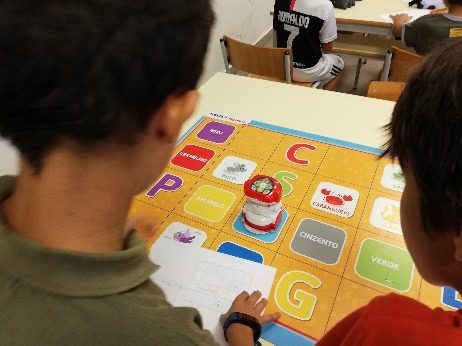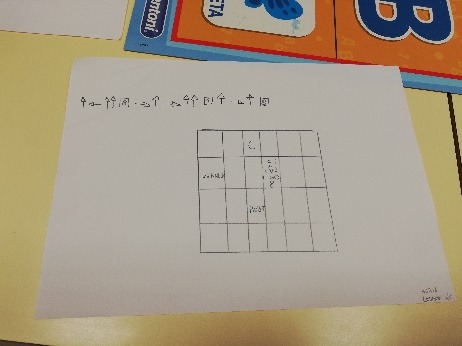Catela coders in action
Publication date: October 7, 2019
By Paulo, Code Week Leading Teacher in Portugal
This year we started coding activities in our Catela Gomes school. All 3rd and 4th-grade students have Programming and Robotics classes one hour each week.
The use of Educational
Robotics has a strong practical and experimental component. It fostered a project cycle – program design – short test, in order to make viable an easy trial. Therefore, each student can observe directly the validity of the ideas he produces and creates sensitivity to the potential of mobile robots. It is believed that its use has a positive impact on student learning and can be seen as a new learning strategy.

This activity aims to:
- stimulate problem-solving through collaborative work
- promote computational thinking;
- initiation to programming.
Assignment for students:
Write the sequence of instructions for the DOC robot to move from the starting position to the animal (The robot must pass the square and the letter with the assigned colour). At
each of the three locations, the robot must warn by emitting an audible signal that it has reached the target.
Methodology:
- The teacher forms groups with 4 elements;
- Each group gets a randomly assigned colour;
- As a group, the students should: Draw a grid in a sheet of paper and signal the starting position for the robot along with the places where the 3 objectives are (colour, letter and animal) matching the assigned colour;
- Through collaborative work, the group should write the sequence of commands needed to reach the objectives;
- On the board, they test the sequence in the robot and verify the result. (If it is incorrect, they should check where the error lies, correct it and try again).
When they finish the process, they are assigned a different colour and repeat the exercise.
Observations:
The students really enjoyed the activity and were committed to it. As would be expected, in the first session not every student finished. The next week the groups were far more organized and most of them managed to finish it.

